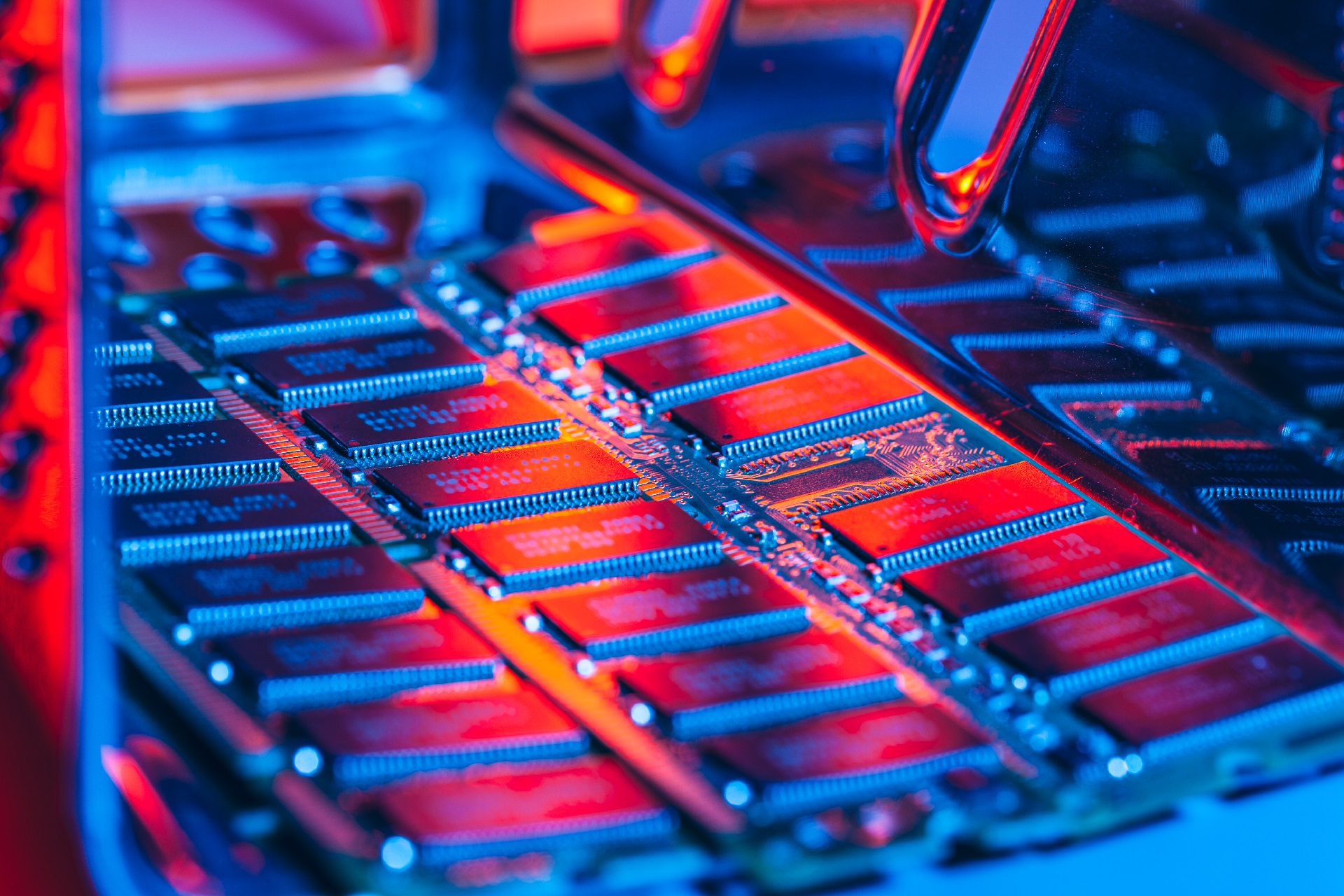Samsung, SK Hynix, and Micron allegedly used their control over the memory market to fix DRAM pricing, accuses a new class-action lawsuit from Hagens Berman.
If you’re experiencing some deja vu, that’s because Hagens Berman filed similar suits in 2002 and 2018. The first was settled for $345 million in 2006; the second was dismissed by the U.S. District Court for the Northern District of California in 2020.
The firm said in 2018 that “An investigation has revealed that a group of the largest electronics manufacturers that produce dynamic random-access memory (DRAM) may have agreed to collectively raise the price of memory used in mobile phones and computers from 2016-2017, illegally inflating the price paid by consumers.”
Hagens Berman also said it “believes that those who unknowingly paid high prices for their computers and mobile devices deserve compensation for the greed and wrongdoing of these major electronics corporations.”
There’s no denying that DRAM prices increased more than anyone would have guessed in 2016 and 2017. IC Insights said in July 2017 that DRAM pricing rose 111% year-over-year and predicted that it would rise another 40% before the year ended.
Those higher prices resulted from a combination of increasing demand for DRAM and Samsung, SK Hynix, and Micron’s unwillingness to up their bit output in response. (The exact same thing is expected to happen throughout this year.)
The problem is proving the companies fixed DRAM pricing, and given that Hagens Berman’s previous suit was dismissed, it seems like that’s harder to prove than one might expect given the companies’ control over the DRAM market.
It’s not clear what changes Hagens Berman made after the 2018 suit was dismissed, but BusinessKorea reported that the firm filed a followup suit in the same U.S. District Court on May 3, which shows it’s not ready to give up on the case just yet.
